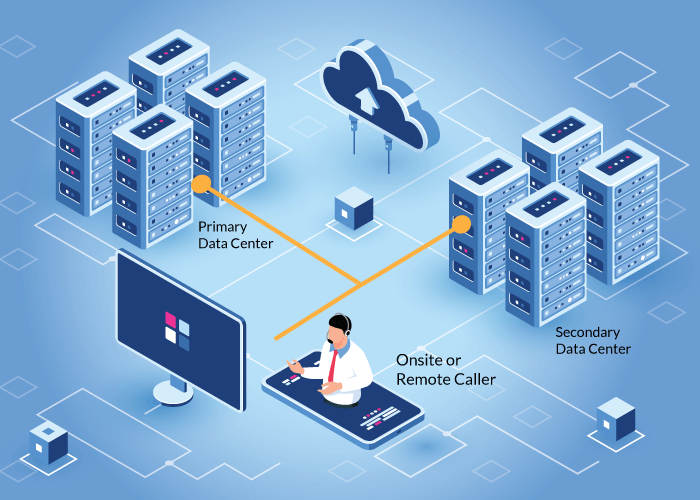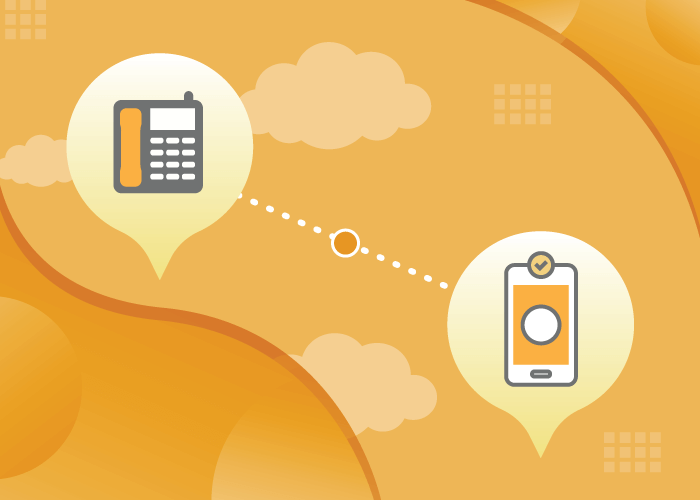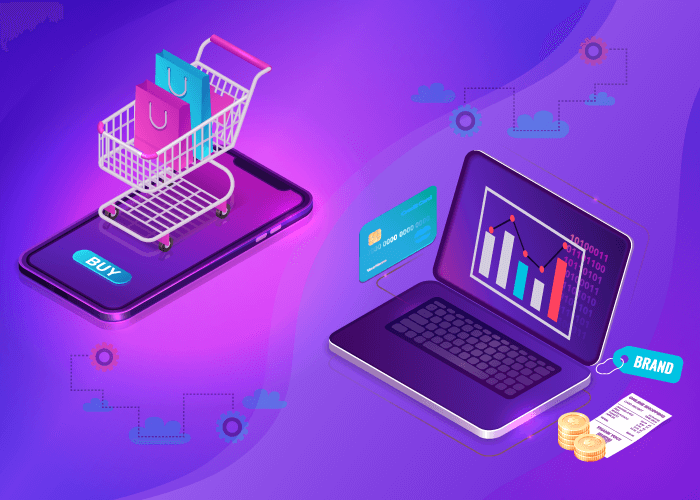Customers dial 800 numbers to make a product inquiry, get customer service, book a hotel room, etc. Many businesses today offer toll free numbers as a point of contact to allow callers to call the business for free. These businesses utilize call forwarding to direct incoming calls. Furthermore, companies that offer services internationally or wish to expand globally use an international call forwarding service. Here we explain what international virtual call forwarding is and how it can help your business.
What Is International Call Forwarding?
Call forwarding is a telephone service that redirects a call from one phone number (ie, an 800 number) to another destination phone number. The destination number is typically a call center or company headquarters, but can also be a home phone, smartphone, etc. International call forwarding can be used in a number of ways to improve a business’ system of communications.
Now, let’s look at how a call forwarding service works.
How Does International Call Forwarding Work?
When a business buys a toll free number from Global Call Forwarding, they select a new phone number and a destination phone number. Calls placed to the ‘new’ number get forwarded to your destination number. This destination phone can be located anywhere in the world.
For example, a business in the US buys a US toll free number so that customers can contact them for free. US customers will call the new US 800 number and the call will be forwarded to an existing business line. Calls placed to your USA toll free number connect automatically to a local public switched telephone network (PSTN). The Global Call Forwarding network then forwards calls, via your local carrier, to your destination phone number.
International call forwarding is primarily designed for businesses that want to establish a virtual presence in any country. For instance, you can get international toll free numbers for countries that you want to target or enter and establish a channel of communication.
So, Why Should Your Business Use International Virtual Call Forwarding?
Your competitors probably already use a call forwarding service to their advantage. Most successful companies advertise a toll free number so that customers, vendors, and business contacts can speak with a representative at no cost to the caller. Businesses that use international call forwarding have many valuable advantages. These include:
1) Increased Expansion Capabilities — A business with call forwarding can attract customers from any country. And so, if you want to add new countries, cities, states, or regions to your customer base, this is a reliable solution.
2) Flexibility and Mobility — Call forwarding enables users to receive calls anywhere and at any time of the day. You are, therefore, not limited to one geographical location, you can move around or work remotely and still provide excellent service.
3) Eliminating Roaming Charges — Avoid international, long-distance, or roaming charges by forwarding calls virtually.
4) Establish a Local Point of Contact — An important initial step when expanding a business is entering new foreign and local marketplaces. After targeting a country with sales potential, use this call forwarding service to answer calls from customers in the target country.
5) Growth, Reliability, and Scalability — In addition to helping your business grow, you can make your business more reliable with advanced call forwarding. Add new numbers, new locations, and new customers as and when needed.
6) Advanced Communication Features — Take advantage of a variety of settings to ensure that your business is always available. For example, call forwarding with sequential ringing will send calls down a sequential list of phone numbers when the first call fails.
How to Set Up Call Forwarding
International call forwarding is very easy to set up and the service can be activated quickly. The easiest way to get international call forwarding is to buy a local or toll free number from Global Call Forwarding.
On our homepage, select a local or toll free number from one of the many countries we offer. After choosing your business number, view our competitive rates to determine which plan best fits the needs of your business.
Next, decide whether you would like to add “Rollover Minutes” to your account. Rollover Minutes can save a business a lot of money if the firm has unpredictable call volume. You may also consider adding “Outbound Calling” and “Call Recording” to your account. Outbound Calling supports your outgoing or outbound calling efforts and gives you the ability to customize your outgoing caller ID. Call Recording lets you record both inbound and outbound calls and store recordings for up to 6 years.
Add these additional services to your cart, then enter your contact and payment information and checkout. Your new business number will be activated as soon as possible, in as little as two days!
Once your virtual phone number is active, there are a number of features you can use with the service. Set up call forwarding from our online control panel, which is accessible through our website. Log into your account and click the call forwarding tab to set up desired call forwarding rules.
Get Call Forwarding Today!
Call forwarding makes it possible for customers in a foreign country to call a business without incurring expensive per-minute costs. Having this feature gives you a new way to engage customers and bring new ones to your business. An international call forwarding service is a great sales and marketing tool, giving your business greater sales potential. Sign up for the service now or chat with us to learn more.





